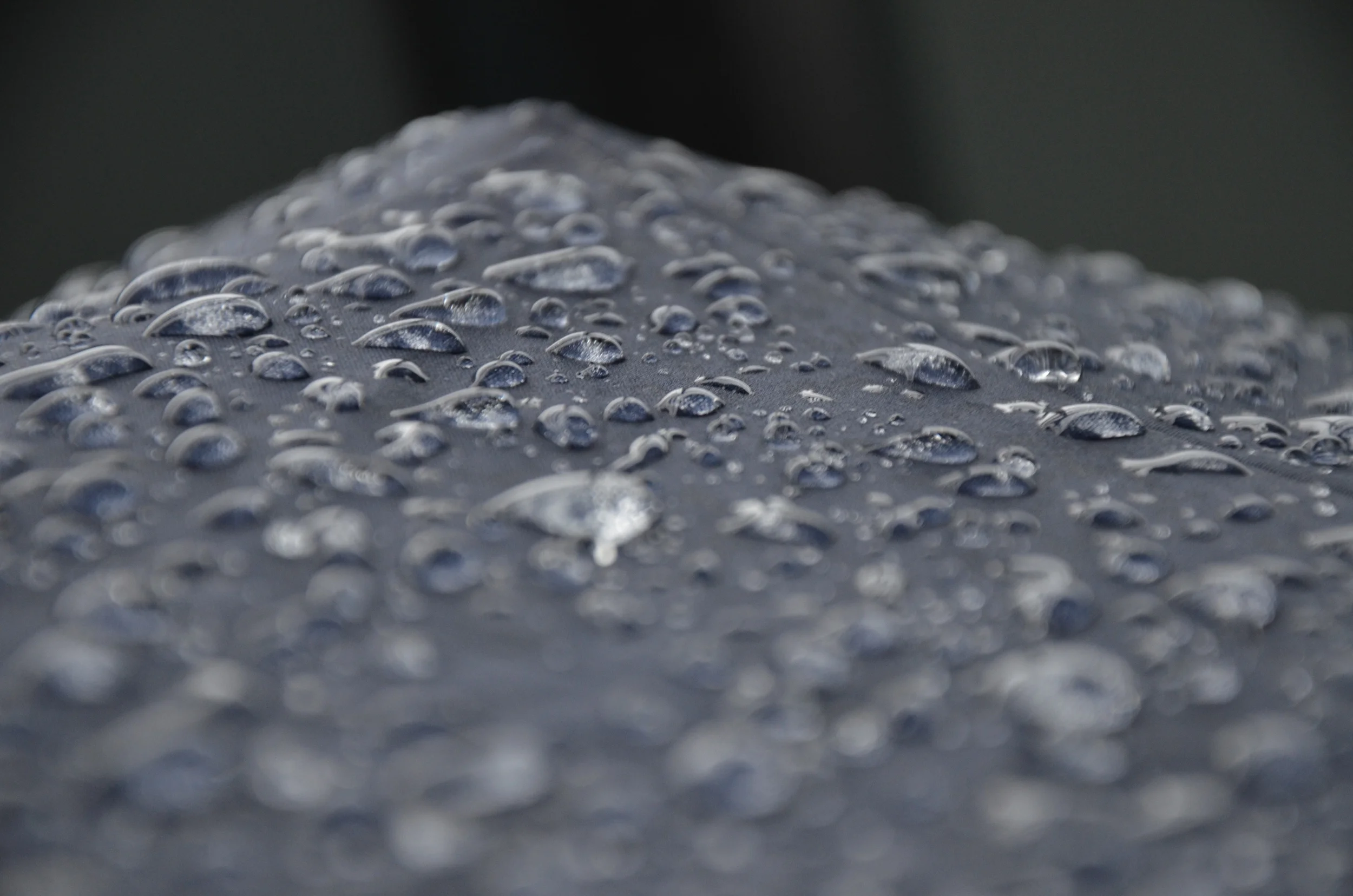Common Pipe Failures
Below are the most common causes for PVC pipe failures. PVC failures are not limited to these particular problems.
IMPROPER INSTALLATION
PVC installation requires attention to detail and sufficient time for the joints to solidify. A rushed installation is a common issue in PVC-related incidents.
DEFECTIVE Manufacturing
PVC manufacturing requires precise chemical processes that take place at multiple required temperatures. A failure to adhere to these practices can result in defective PVC pipes.






